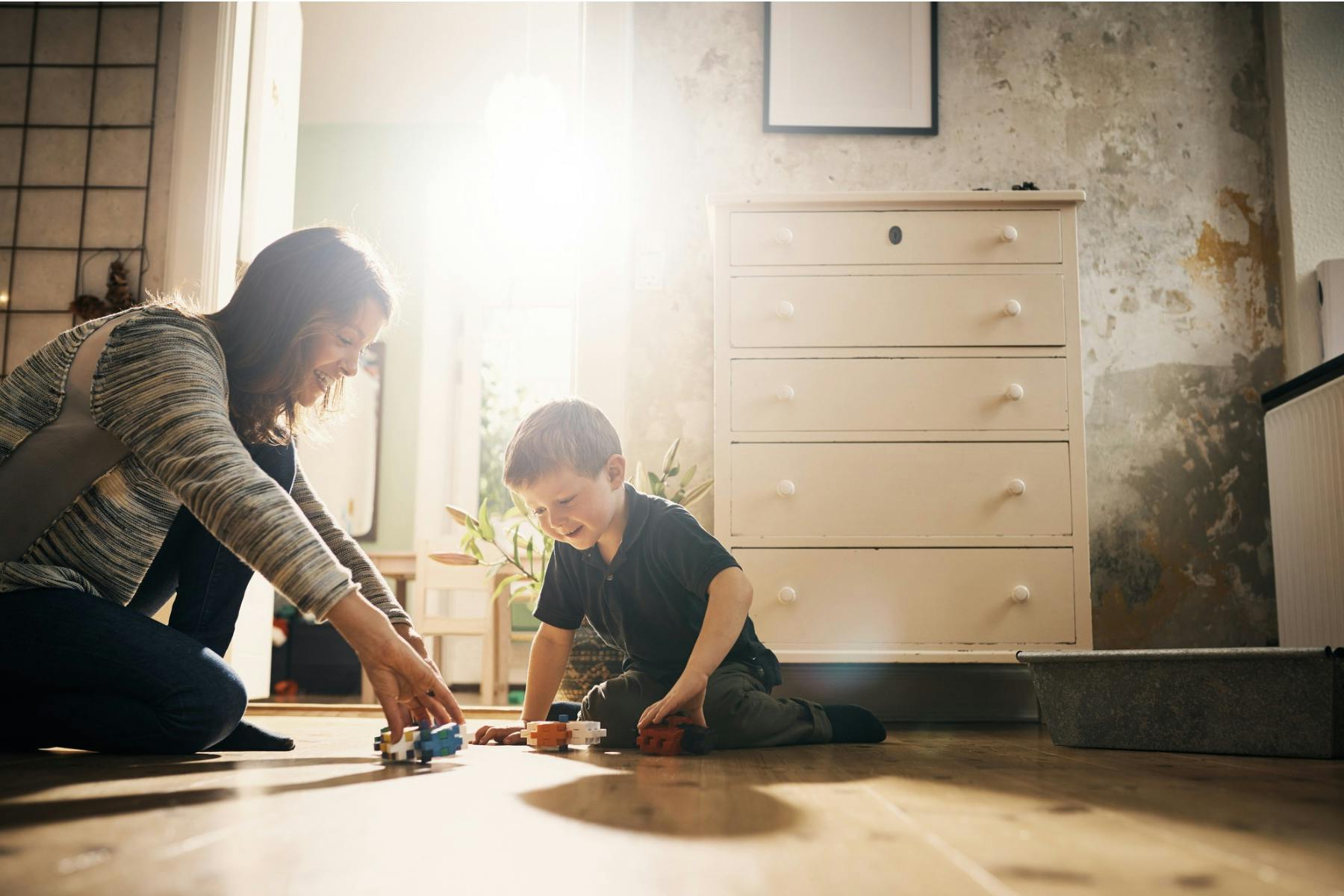Mold Toxicity in Santa Rosa
Exposure to fungi in the home can cause mold toxicity. As the body absorbs toxins and poisons, patients can experience chronic illnesses, negatively impacting their quality of life.

Chronic illnesses can ravage the body, draining energy and suppressing the immune system. One of the most frustrating problems for patients is struggling to be understood by their primary care doctors, while also researching their own health problems.
There’s a sense of helplessness to chronic illness, often stemming from untreated and undiagnosed medical issues. Traditional western medicine tends to prescribe medicine that treats symptoms, rather than getting to the root of the issue. The result for patients is continued stress on an already hampered quality of life.
Integrative medicine takes a ‘whole person’ approach to chronic illness. While our naturopathic doctors don’t rule out western medicine as a tool, they use a broad spectrum of approaches to identify and treat the underlying cause of an illness. This can require looking at a patient’s personal history, family history, past environments, and current environments.
Mold toxicity is one of the most commonly undiagnosed chronic illnesses because physicians rarely look for environmental causes. Asking patients about their exposure to mold or discussing the dangers of mild aren’t common practices. And yet, according to the Center for Disease Control (CDC), “Molds are very common in buildings and homes.”

When an excessive amount of mold grows in your home, it can become toxic to you and your family without you even knowing.
What is Mold?
Mold is fungi. There are various types of molds. Each grows in filaments. They reproduce by forming spores that travel through the air. When the spores land on a wet surface, they reproduce. They particularly thrive in damp, warm, and humid environments (where there’s more moisture).
While mold can grow and exist in any environment or season, it’s more prone to flourish in wetter conditions. This is true of common household molds and those found outside.
Where Does House Hold Mold Grow?
Household is mold that typically grows in buildings and homes. It can grow on any surface where there is moisture, though it is most commonly found in shower stalls, bathrooms, and basements.
These areas of a home tend to be hotbeds for fungi. Because the spores and imperceivable to the naked eye, they are commonly present without a resident even knowing.
Popular Health Tips
How Do You Know if Your Home Has Mold?
There are three ways to recognize if mold is present:
1. Sight
Do you see discoloring on the walls or ceiling of your home? Do you see signs of mold growth or water damage? Is there a white or grayish color on the surface of your shower stall? Do you see a greenish-black colored mold on your walls, windowsills or door frames?
2. Smell
Mold can often create a bad odor in your home. This can range from musty and earthy to rank, foul stench. You may have noticed this in a towel that was left wet and balled up in a corner.
3. Test
According to the United States Environmental Protection Agency, in most cases testing for mold is unnecessary, as there are no federal limits set for mold or mold spores. However, there are testing options available to those who need them. Testing can be done by both in-home professionals and at-home kits that can be purchased online.
3 Ways to Prevent Mold from Growing in Your Home
The bad news is, mold is everywhere. The chances of completely eradicating it from your home are slim to none. The good news is, by staying on top of your regular cleaning, you can substantially limit the amount of mold that is present.
1. Regularly Cleaning Susceptible Areas
You know mold likes the bathrooms and showers. So clean them regularly. For an extra dose of mold-fighting mojo, consider wiping down the walls and floors of your shower after bathing. This helps remove the moisture more quickly.
2. Always Run the Fan When Bathing (and visiting the royal throne)
Running your bathroom fan helps reduce the moisture in the air and helps clear unwanted particles from your bathroom — reducing mold’s chance to grow.
3. Remove Moldy Items Immediately
Did a pipe break? Did the roof leak? Did your kids spill a huge glass of water on a couch cushion? Leaks and spills happen. The key is to get them fixed and get the moldy items out of your house as quickly as possible. Why? Because the longer you allow mold to grow, the more spores it produces and the further it spreads.
Mold Toxicity Symptoms
For many individuals, mold toxicity can cause allergies as the human body is — in fact — allergic to mold. When the foreign substance enters our bodies, our immune system works to fight it off, which can result in a variety of symptoms, including:
- Sneezing
- Congestion
- Coughing
- Difficulty Breathing
- Watery Eyes
- Redness of the Eyes
- Itchy Eyes
- Skin Irritation
- Skin Rash
- Increased Asthma Attacks
- New Sensitivities
How Does Mold Toxicity Lead to Chronic Illness?
Sneezing here and there is unpleasant, but it’s not typically going to ruin your quality of life. The danger of mold toxicity is when it leads to chronic illnesses. Often a chronic illness will develop out of the body’s need to battle the foreign substance.
These chronic illnesses can include, but are not limited to:
- Adrenal Fatigue
- Asthma Attacks
- Headaches
- Hormone Imbalances
- Extreme Exhaustion
- Increased Weight Gain
- Heart Disease
- Depression
- Arthritis
- Osteoporosis
- Kidney Disease
- Lung Cancer

By taking simple, preventative measures, you can reduce the occurrence of mold in your home and help keep it a safe and healthy place for you and your loved ones.
7 Natural Ways to Treat Mold Toxicity
For patients suffering from mold toxicity, the very first step is changing their environment. Moldy items need to be removed and surfaces need to be cleaned. And, for any individual cleaning a moldy space, it’s highly recommended they wear an N95 mask to reduce the chance of inhaling any more mold spores.
1. Nasal Sprays and Rinses
Nasal sprays and rinses utilize distilled water and saline to rinse the nasal passage of mold spores. This can also be a useful tool to remove congestion, often caused by a reaction to mold.
2. Glutathione
Glutathione is known by some as the master antioxidant. It’s believed it can help protect your mitochondria.
3. Garlic
A natural anti-fungal, raw garlic can help fight off the harmful effects of mold.
4. Cut Out Sugar
For those suffering from mold toxicity, sugar is not a friend. It helps fungi thrive.
5. Activated Charcoal
Activated charcoal can be taken orally as a supplement. Once consumed, it can naturally trap toxins, preventing the body from absorbing them and then pass through the body naturally.
6. IV Drip Therapy
IV Drip therapy can be used to help naturally restore energy, promote detoxification, and restore key nutrients and minerals. This non-invasive treatment allows patients to start feeling better in as little as five minutes.
7. Bioidentical Hormone Treatments
Prolonged mold toxicity can lead to a chronic hormone imbalance as the body struggles against a foreign substance. This can have devastating impacts on a patient’s quality of life. Bioidentical hormone therapy allows patients a safe and natural way to restore their body’s hormone levels.






